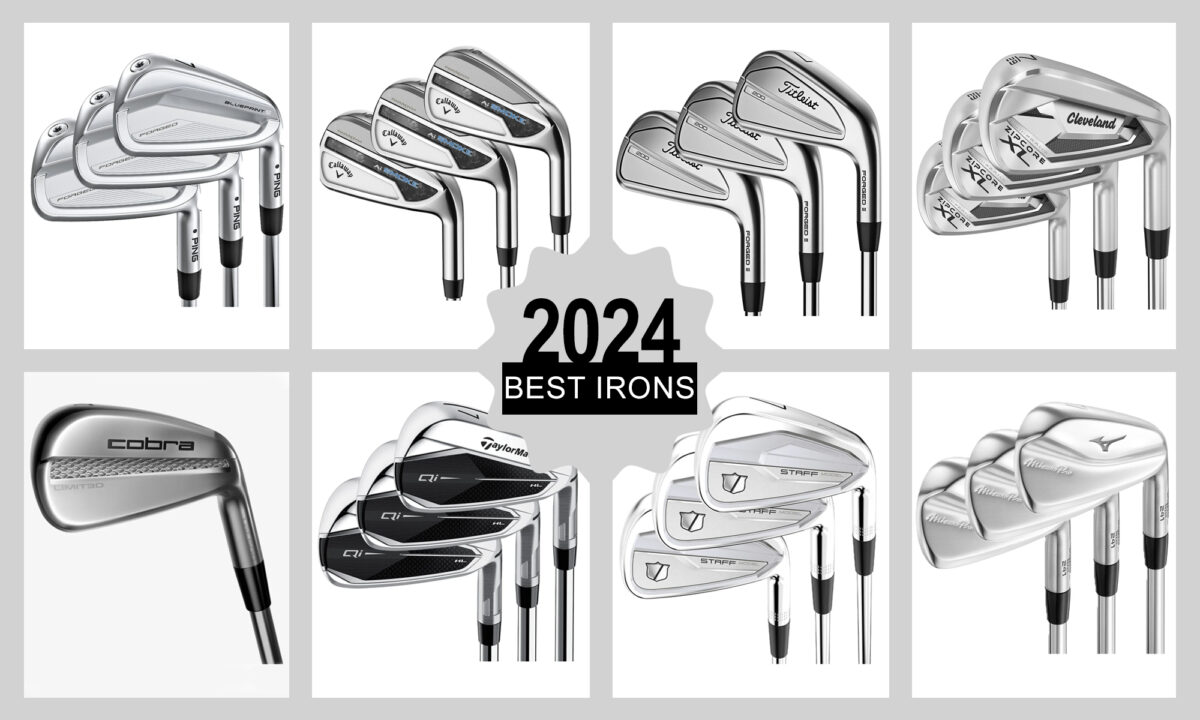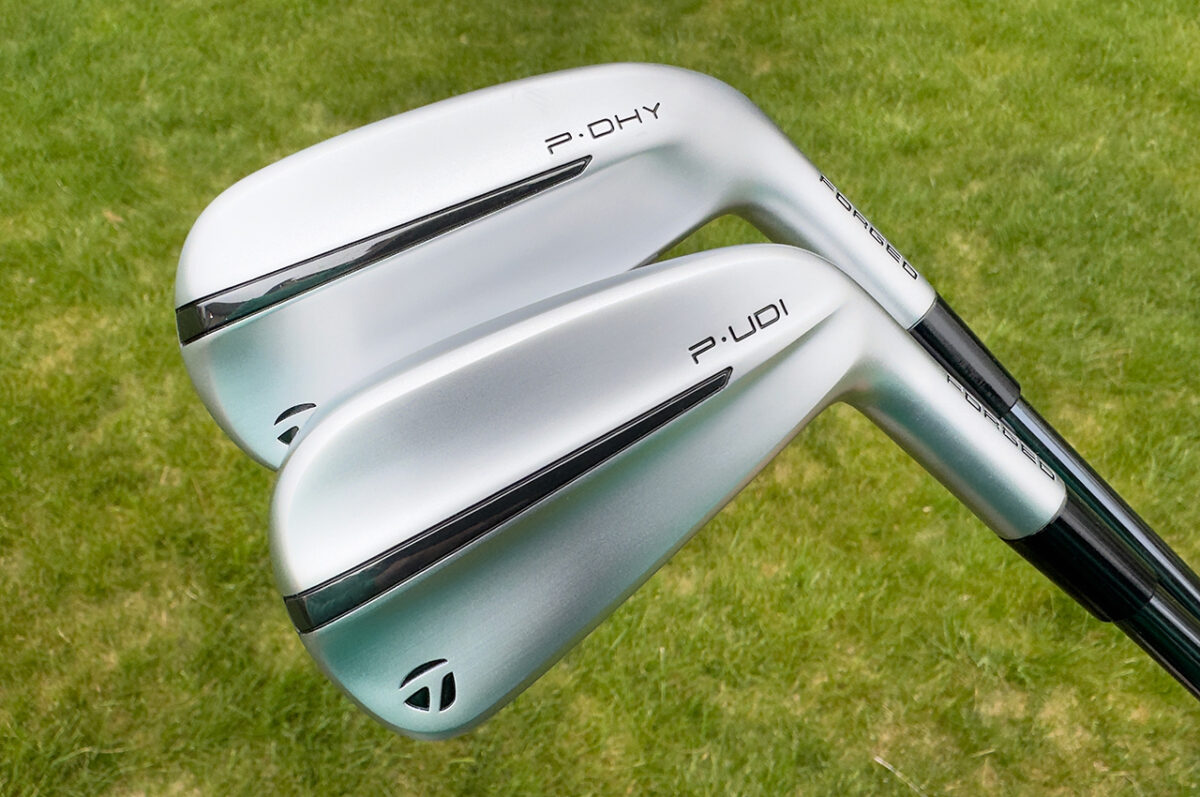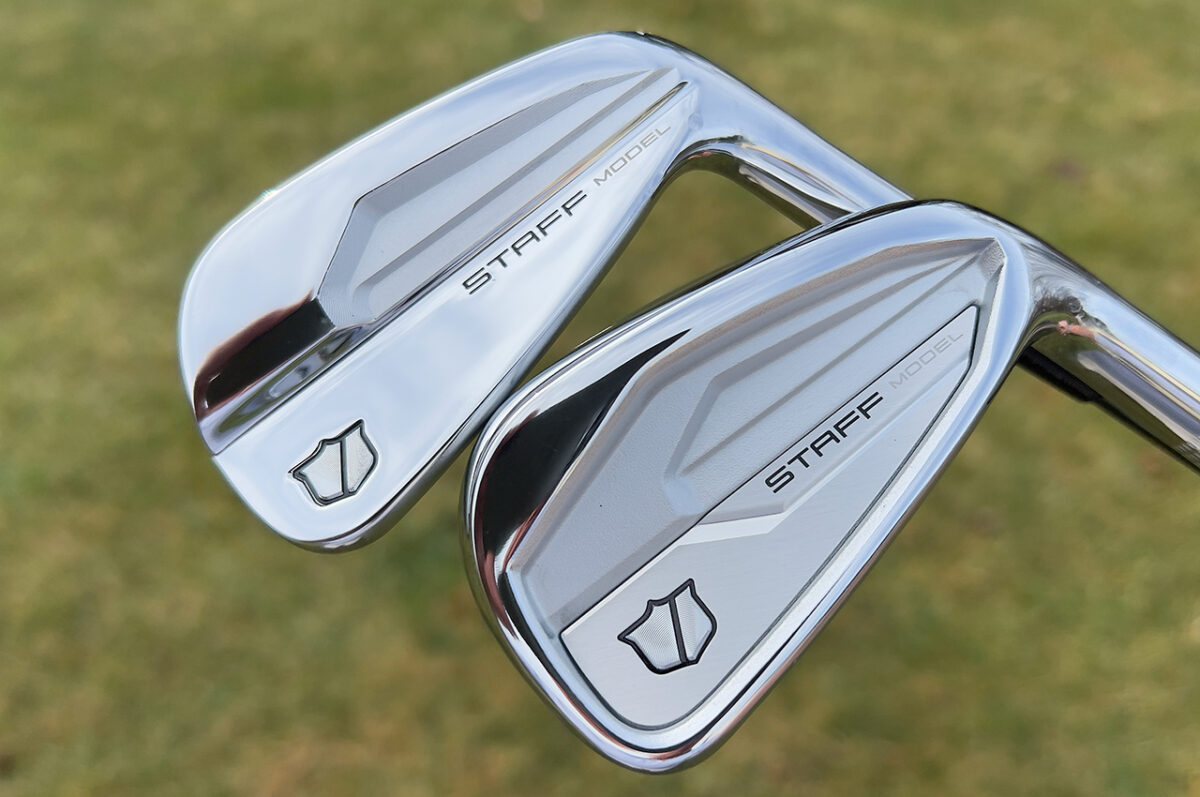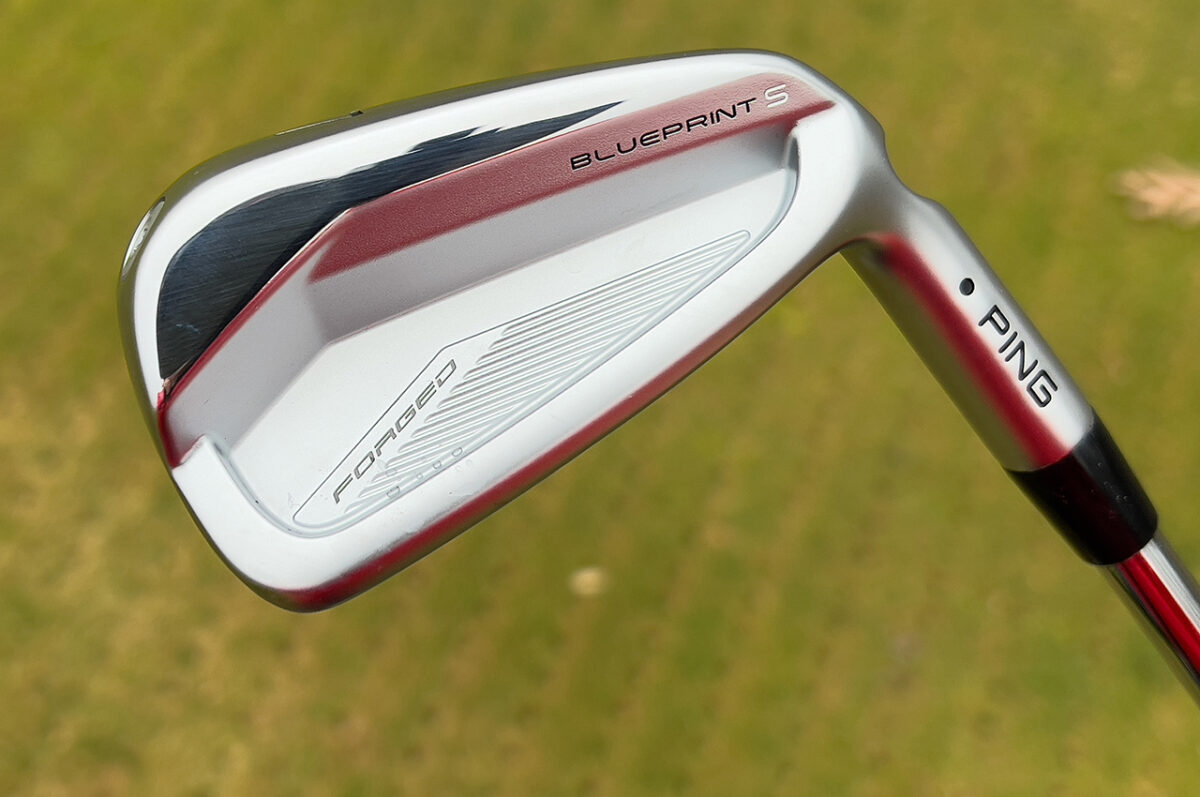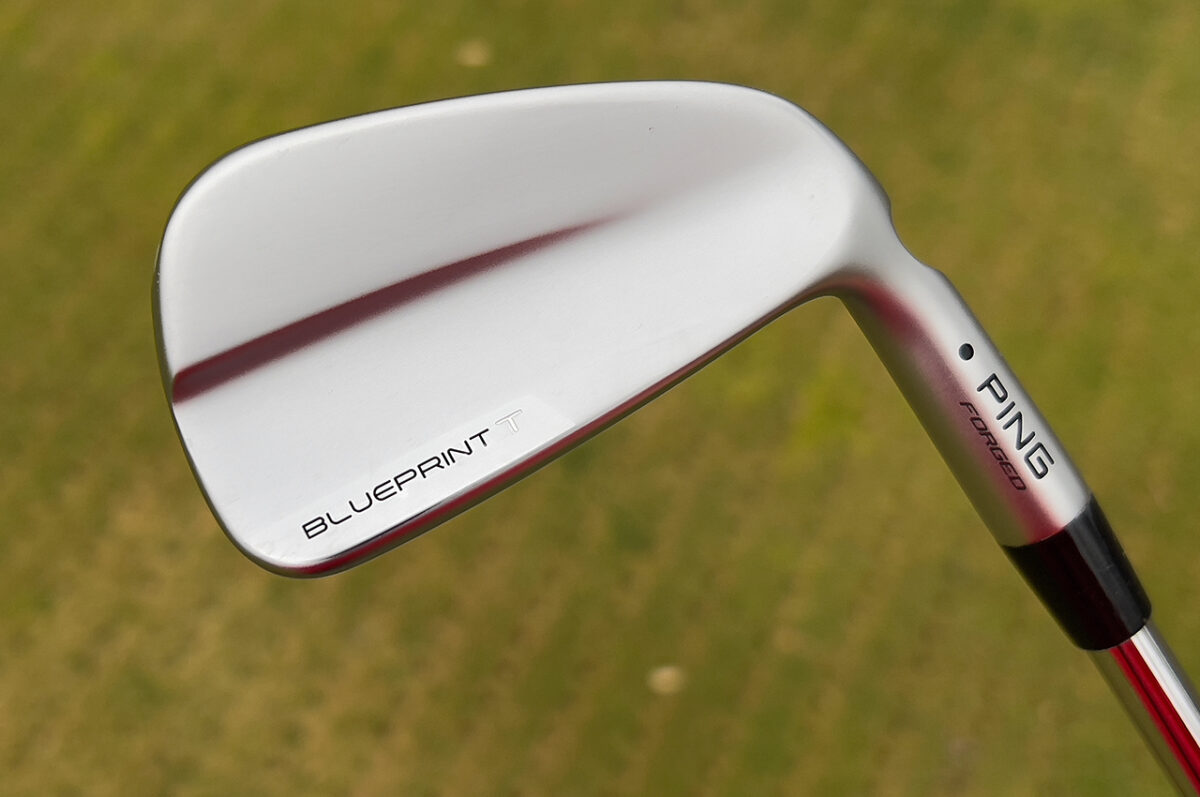If you walked into a pro shop and saw both the Srixon ZX4 Mk II and the Srixon ZX5 Mk II irons on the wall, you might have a hard time telling the difference between the two clubs. Cosmetically, they look very similar, but Srixon designed these clubs for very different types of players.
Both clubs share some technologies, and with the help of custom fitters, many golfers blend the two clubs to create a combo set. However, their differences can significantly impact your game, so here’s a detailed comparison to help you decide whether the Srixon ZX4 Mk II or the ZX5 Mk II might be the best fit for you.

Construction and Technology
The ZX4 Mk II has a forged 1770M stainless steel face attached to a 431 stainless steel body, along with a hollow chamber in the center of the head. This allows the face to flex more efficiently at impact to create more ball speed. The ZX5 Mk II has a forged SUP10 stainless steel face attached to a forged 1020 carbon steel chassis for a softer feel at impact, but it is solid instead of hollow. The ZX5 Mk II has also been designed with tungsten in the sole of the long and mid-irons to lower the center of gravity (CG) location and encourage shots with those clubs to fly higher.

Both irons have a cavity-back design and a ball-speed enhancing technology Srixon calls MainFrame. Adapted from Srixon’s wood line, MainFrame adds a series of valleys or channels on the inner-facing side of the face to allow more of the hitting area to flex efficiently at impact. It also reduces weight in the face.
Both the ZX4 Mk II and the ZX5 Mk II irons have been designed with Srixon’s Tour VT Sole. This gives the bottom of each club extra forward bounce, so they will work through the turf more easily and maintain speed through the hitting zone.
Both clubs also feature a progressive groove design. The 4-iron through 7-iron in the ZX4 MK II and the 3-iron through 7-iron in the ZX5 Mk II have wider grooves that are spaced farther apart to enhance spin and stopping power, while the grooves in the 8-iron through attack wedge are deeper and packed more tightly together.
From a size perspective, the ZX4 Mk II has a longer blade length, slightly thicker topline and slightly more offset, while the ZX5 Mk II has a more-compact shape.

Who are the ZX4 MKII and ZX5 Mk II irons for?
The best way to find your ideal irons is to work with a good custom fitter, hit shots using a launch monitor, and then compare the data.
With that said, the ZX4 Mk II’s larger size and hollow-body design push it squarely into the game-improvement iron category. It creates more speed and will be more forgiving than the ZX5 Mk II.
The ZX5 Mk II will produce more spin than the ZX4 Mk II, which can allow players to work the ball more easily and hit draws or fades more effectively. With that added spin, the ZX5 Mk II should create a higher launch angle.
The Takeaway
If you are a player who prioritizes distance and forgiveness, the ZX4 Mk II might be a good option, while golfers who want more feel and control along with added forgiveness might be better served by the ZX5 Mk II.
